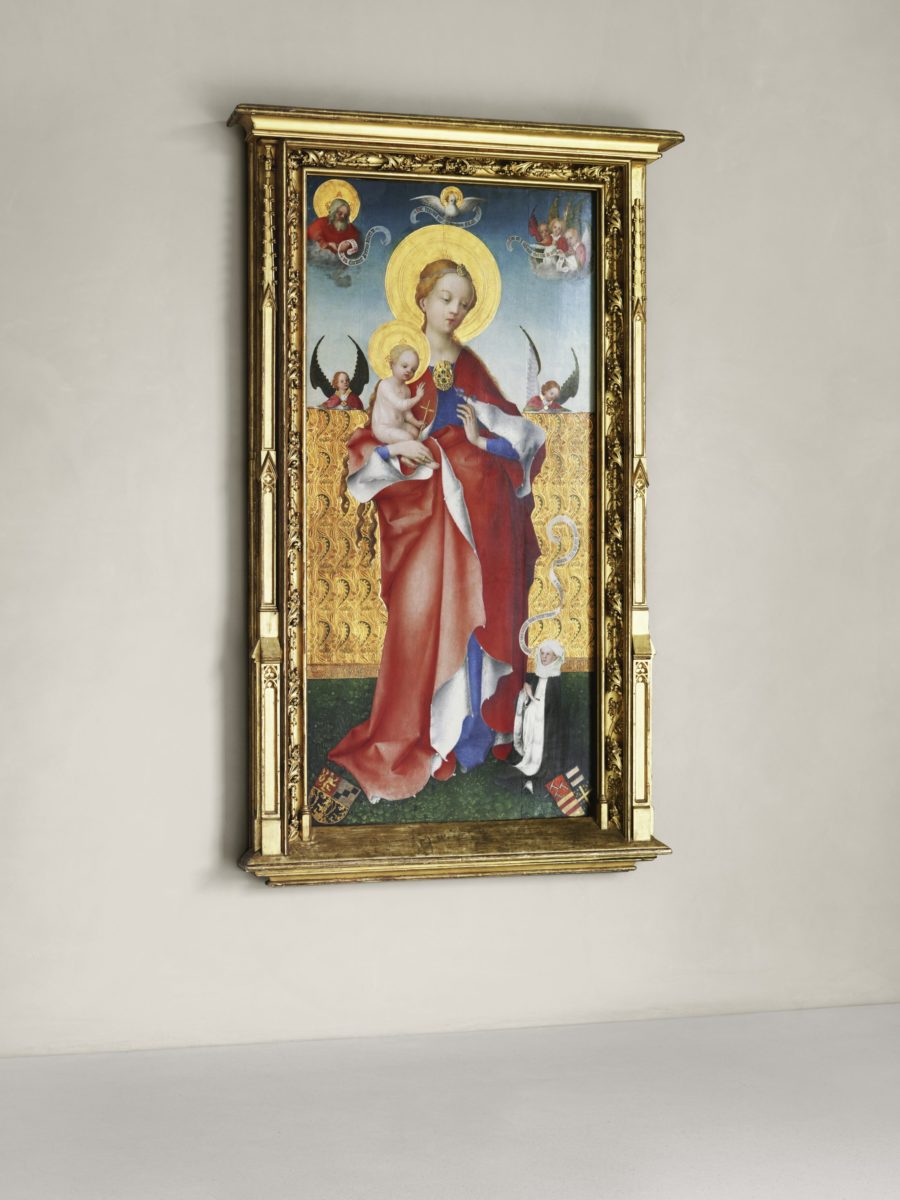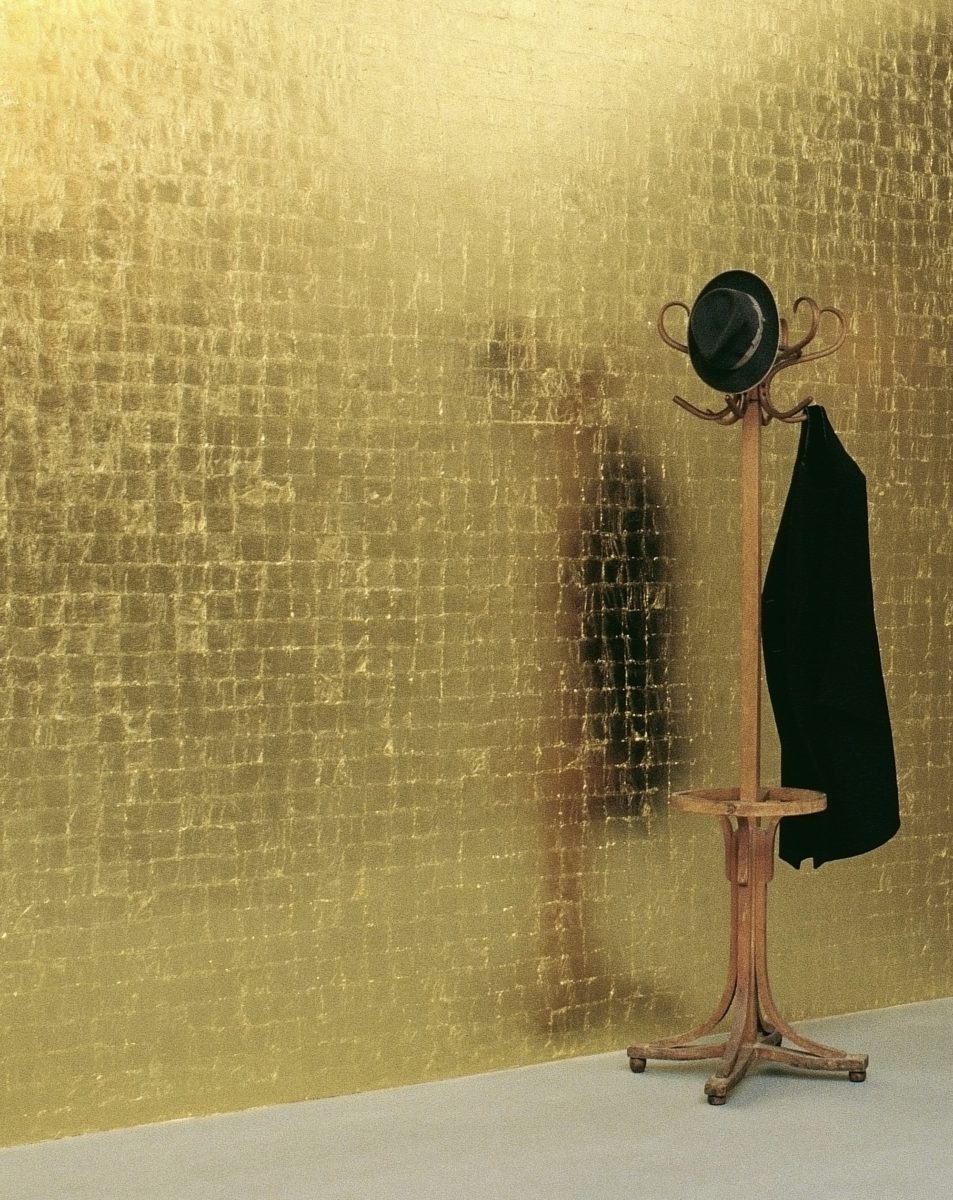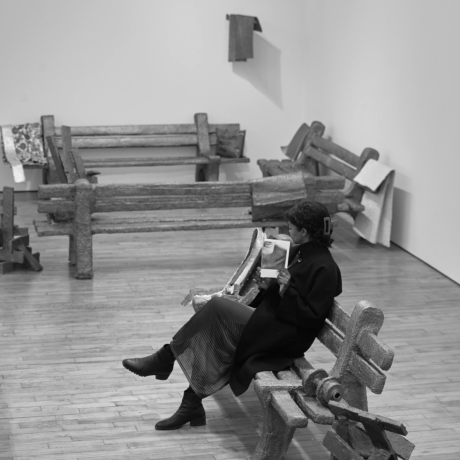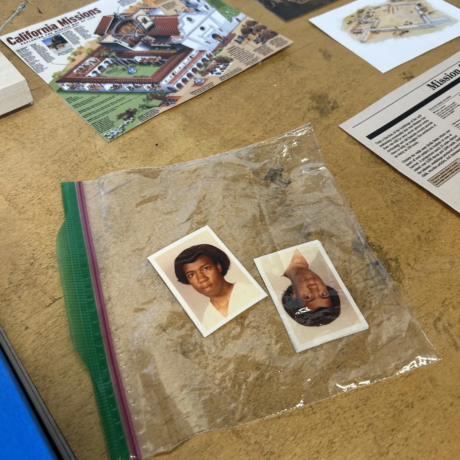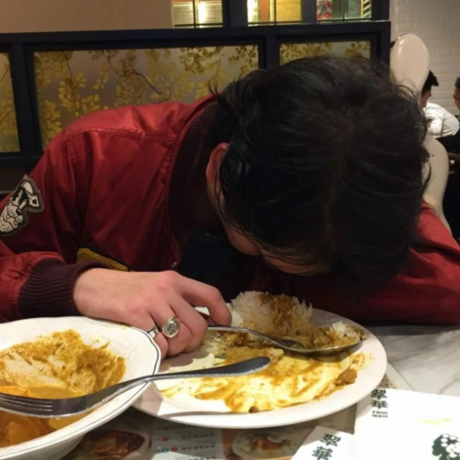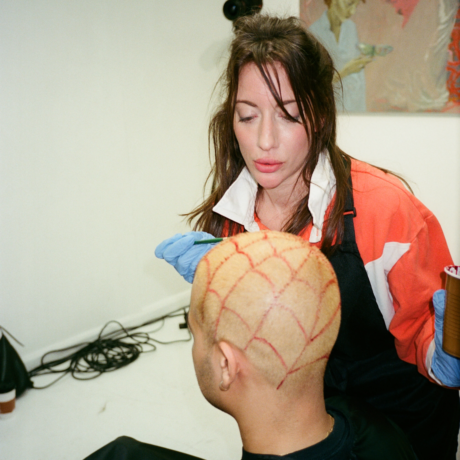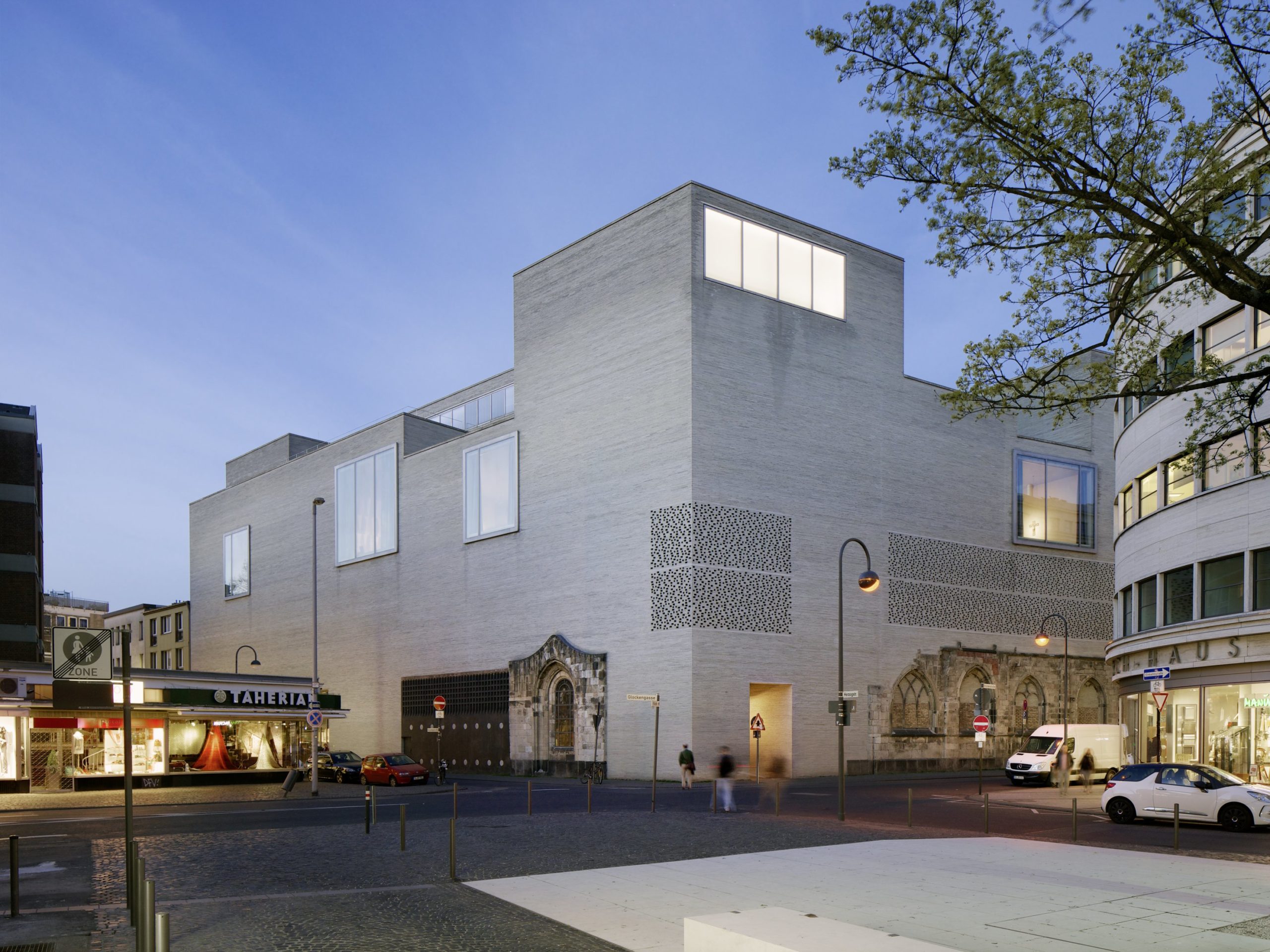
What
Founded in 1853 by the Society for Christian Art, Kolumba—formerly known as the Diozesanmuseum—houses the art collection of the archdiocese of Cologne. If this description conjures up a dry repository of dusty reliquaries and indifferent Madonnas and Childs, think again. Renamed and reopened in 2007 in a building by the gnomic Swiss architect Peter Zuthmor, Kolumba offers some of the giddiest juxtapositions of any museum. Cramming (in its own words) “two millennia of Western culture in a single building”, its collection includes romanesque crucifixes, a three-faced statue of Christ, a wall full of rosaries, an installation by Jannis Kounellis, and works by the grisly American sculptor Paul Thek, many arranged in surprising atemporal formations. And that’s only one side of the story. Kolumba was built above the bombed out church of St Kolumba, a prismatic 1950 chapel designed by Gottfried Böhm, and a 1970s archeological excavation. The lower floor of Zumthor’s design lets you navigate these older sites atop a zigzagging walkway, peeling back through the layers of history.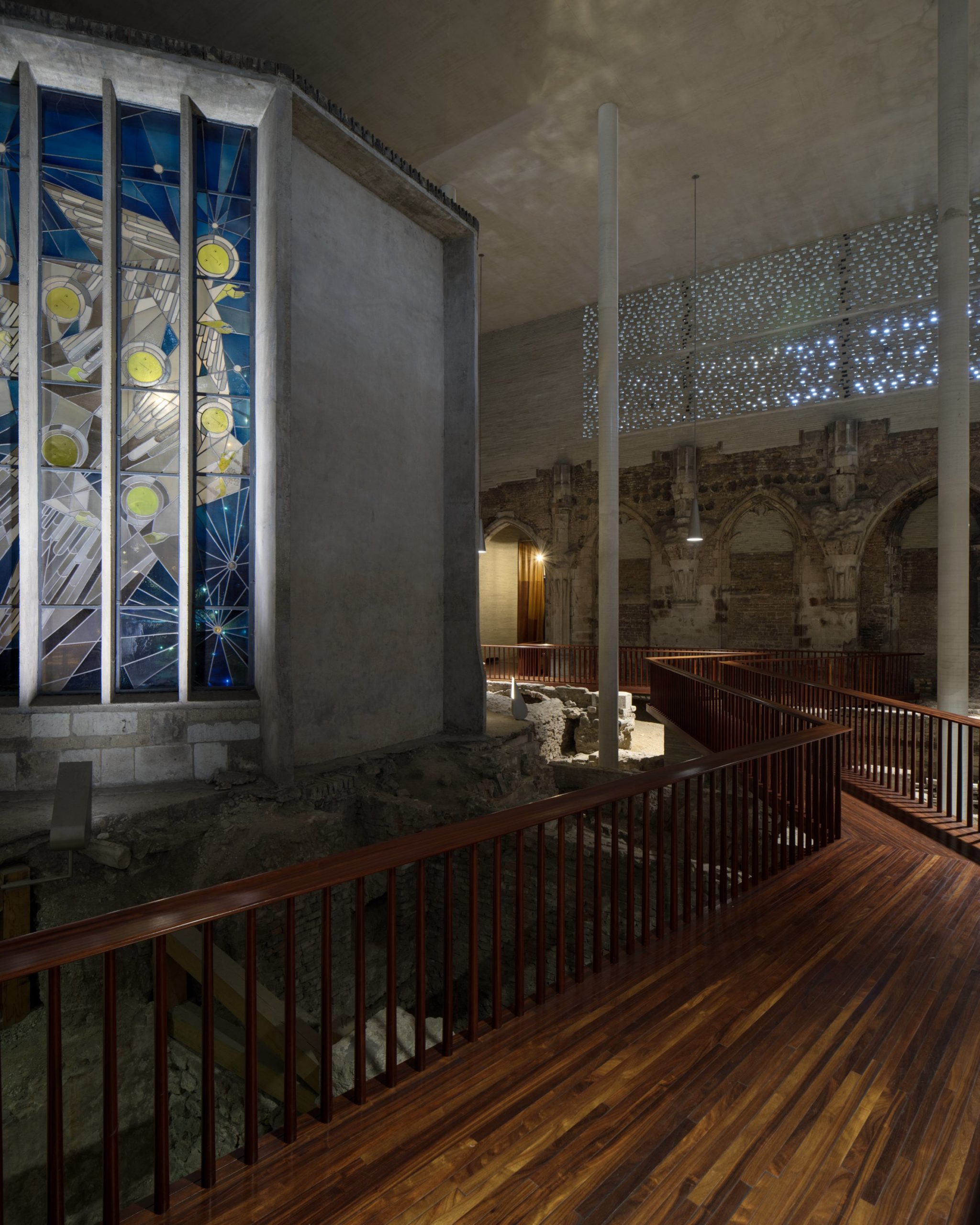
Who
Kolumba is a hybrid structure, and its collection gathers together artists from across Europe and beyond. But if there’s one presiding personality, it’s that of Zumthor. The Swiss architect rose to prominence from the late nineties with a steady succession of structures remarkable for their elemental materials and meticulous connection to their surroundings. Before Kolumba, his most disseminated work was the Therme Vals hotel and spa complex in the Alps, and you might perceive the tiniest intimation of luxury wellness in the museum’s eggshell
palette and leather curtains. “If a work of architecture consists of forms and contents that combine to create a strong fundamental mood powerful enough to affect us,” wrote Zumthor in his essay collection Thinking Architecture, “it may possess the qualities of a work of art.” Kolumba is a testament to this belief.
Where
For centuries before Berlin became the capital of a unified Germany, Cologne was the great German metropolis, famed for its lavish churches. It was almost totalled by bombs in the Second World War, and as a result much of contemporary Cologne has a dreary, make-do cityscape. Kolumba is a striking exception. With its honeycomb brick walls and speckled latticing, on a sunny day Zumthor’s museum seems to glimmer out from its densely-packed surroundings, as if crowned with a halo. Its towers grant it a curiously biomorphic form, like a mammal rolled on its back. Fragments of the old St. Kolumba appear to be preserved in the walls, as if the entire building has sprouted around it for its protection. And in a way, it has: Zumthor’s extraordinary lower space melds together medieval, modern and contemporary to create a space for hushed contemplation. On the floor above, the obliquely-shaped, low-lit galleries create a similarly mediative aura.
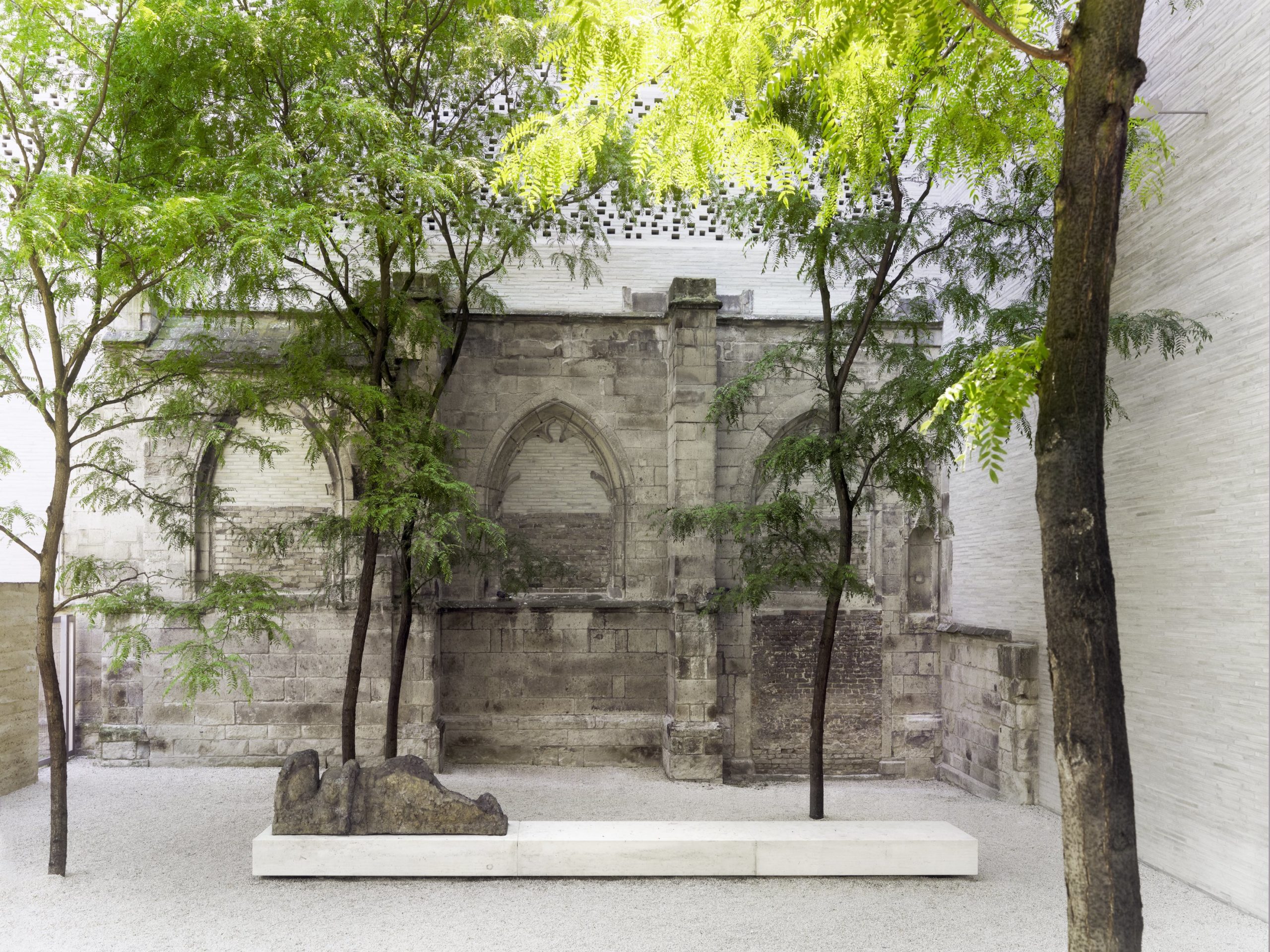
Why
A sedate sanctuary from the convivial but frantic city that surrounds it, Kolumba has an almost mystical ambience. While many museums stuff their walls with as much of their collection as can fit, Kolumba’s determination to take things slow can lead to a more measured encounter with the art. Just when you’re lulled into a sense of security, a bracing combination—early modern religious artefacts and contemporary graphics say—asks you to make unanticipated connections. Alongside the changing collection displays, an intelligent programme of temporary exhibitions keeps the museum fresh. And then, of course, there’s that archaeological lower chamber: an unforgettable mash-up of architectural remnants as well as a memorial to Cologne’s tumultuous past. Kolumba is a rose growing from the ruins of German history.

